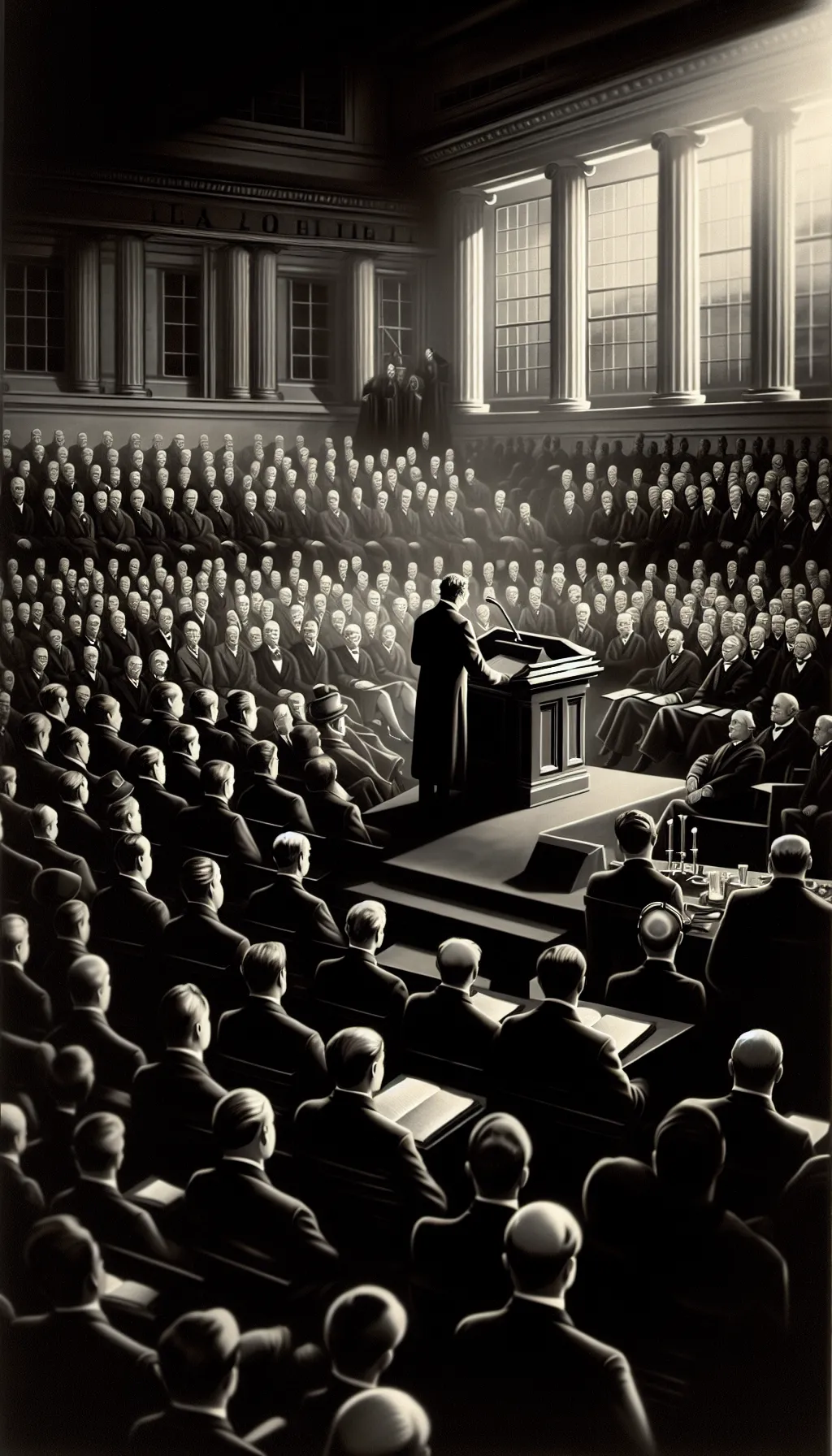United States – The Dawn of Recovery: The Marshall Plan Unveiled – 1947
TLDR;
- Initiative: On June 5, 1947, U.S. Secretary of State George C. Marshall proposed the Marshall Plan, offering $13.3 billion (approximately €11.4 billion) in aid to rebuild post-WWII Europe.
- Purpose: Aimed at reviving Western European economies, countering communism, and addressing immediate crises like food and coal shortages.
- Impact: Over four years (1948–1951), the plan significantly contributed to economic recovery, industrial revival, and infrastructure restoration in Western Europe.
- Legacy: The Marshall Plan is celebrated for fostering international cooperation, setting the foundation for peace and prosperity in Europe, and marking a pivotal moment in post-war recovery efforts.
–
Story
In the shadow of a war-ravaged Europe, a beacon of hope emerged on June 5th, 1947. As the world gathered its breath after the devastation of World War II, U.S. Secretary of State George C. Marshall took the stage at Harvard University, delivering a speech that would change the course of history. His words, though calm and measured, carried the weight of a continent’s future.

Europe lay in ruins, its cities scarred by bombings, its economies shattered, and its people struggling to survive. The specter of famine and political instability loomed large. The United States, having emerged from the war with its infrastructure intact, faced a choice: retreat into isolation or extend a hand to its beleaguered allies.
Marshall’s proposal was bold and unprecedented. The United States would provide approximately $13.3 billion in economic assistance over four years (1948–1951) to help rebuild Western European economies, with some support extending to non-communist nations in Southern and Central Europe like Greece and Turkey. This was not mere charity; it was a strategic move to foster stability and address the immediate post-war economic crisis, including food and coal shortages, and trade collapse, while also countering the spread of communism.
The turning point came with the realization that this plan was not just about money. It was about cooperation, rebuilding trust, and forging a new path forward. The aid helped to revive industry, restore infrastructure, and renew hope. The Soviet Union rejected the plan and pressured its satellite states to do the same, deepening the East-West divide. By the time the plan concluded in 1951, Western Europe was on the road to recovery, its economies growing, and its future brighter than it had been in years.
The Marshall Plan stands as a testament to the power of visionary leadership and international cooperation. While it was a crucial part of Europe’s recovery, it was one part of a broader revival that included the post-war economic boom, currency reforms, and the resilience of European labor. It was a gamble that paid off, setting the stage for decades of peace and prosperity in Europe.
–
| Would a different approach have changed the course of European recovery? |